

Ever since the turn of the century, every field has evolved rapidly, and the field of medicine has been no exception. It has evolved from traditional, generic based techniques of the past to modern, evidence-based practices. The complex and ever-changing challenges of our time—such as the rise of communicable and non-communicable diseases and the growing threat of multidrug-resistant organisms—pose significant issues for healthcare professionals and systems worldwide. To address these trends, it is the demand of time for the healthcare policy makers to introduce innovative methodologies into the undergraduate medical curriculum. The newer methods adopted in the curriculum would equip the medical students with the qualities outlined in the World Health Organization’s “7-Star Doctor” framework, preparing them to effectively tackle contemporary healthcare challenges. Figure: 1.
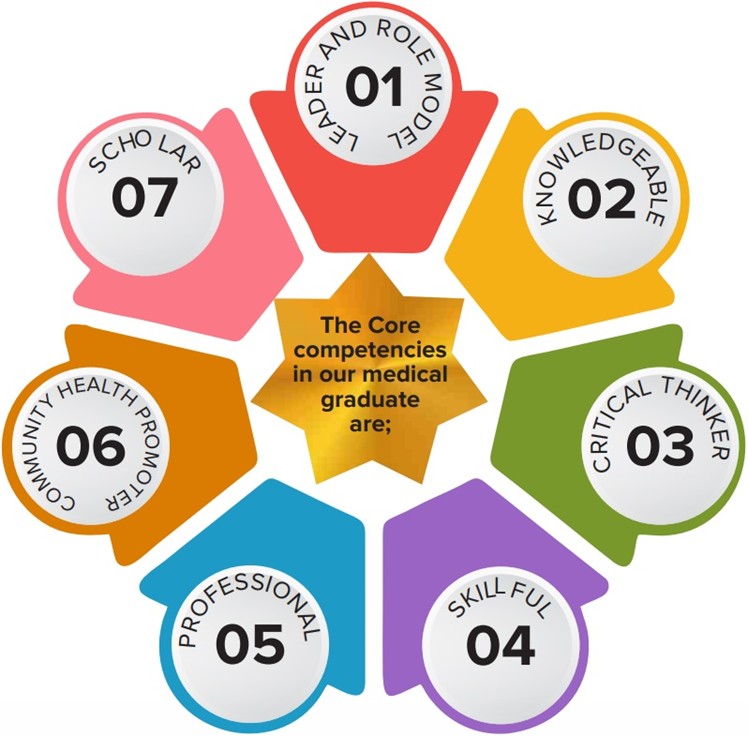
Medical education has undergone a substantial change in the past few decades. Medical educationist have moved towards Student-centered approaches like problem-based and case-based learning and are gradually replacing traditional teacher-centered strategies, such as lectures and tutorials, the newer methods have shown better satisfaction levels and academic results as compared to traditional methods. However, significant gaps are still persisting, prompting the need for adoption of novel techniques in medical curriculum. The aim of these techniques is to inculcate cooperation among medical students and thus produce doctors that can collaborate with peers, work in multidisciplinary teams, and foster inclusivity in their professional life.
One such innovative method is the jigsaw technique. This approach divides students into small “original groups,” with each member assigned a unique topic. Students then join “expert groups” with peers studying the same topic, allowing them to explore it in depth. After mastering the material, they return to their original groups to teach their peers. This process encourages active participation, peer teaching, and a comprehensive understanding of the subject through collaborative learning—all essential skills for modern doctors navigating today’s Global health challenges. The technique also fosters an inclusive environment by ensuring that every student contributes to the learning process. Even quieter students are encouraged to participate, building their confidence and promoting teamwork. Figure: 2.
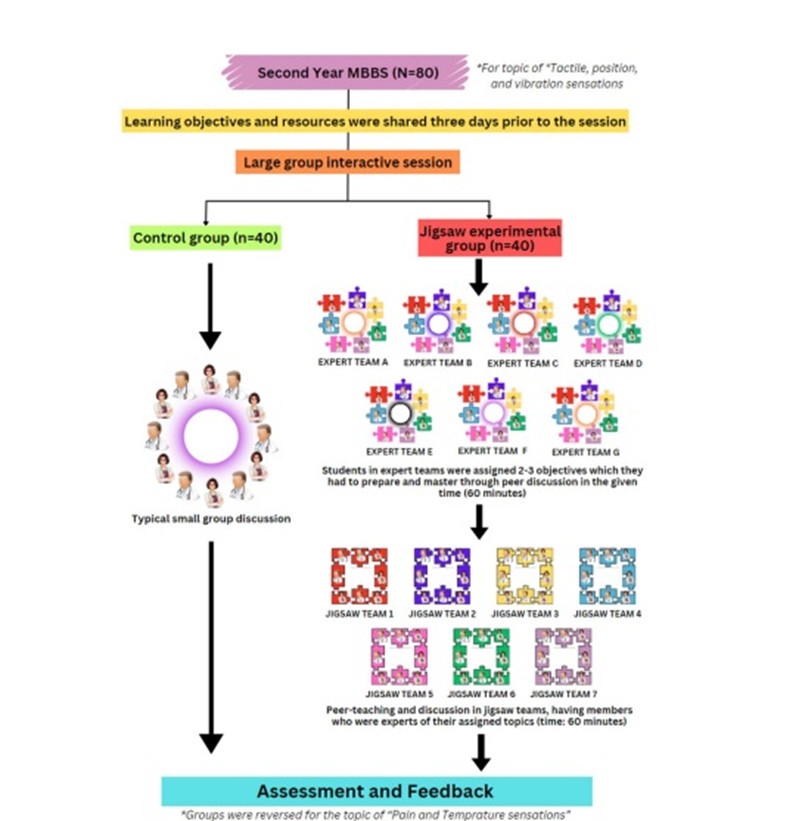
When implemented among medical students, the jigsaw technique has shown significant improvements in academic performance and satisfaction levels among students, when compared to control groups of students belonging to the same class who were prepared using traditional methods. On attaining the feedback from students and faculty members involved with this strategy, students reported enhanced conceptual understanding, better communication skills, and increased engagement. Faculty members appreciated the reduced workload and the opportunity to observe student dynamics more closely. The method also allowed educators to identify students’ strengths and weaknesses, enabling more targeted guidance. While challenges such as preparation time and varying learning paces were noted, both students and faculty agreed that the jigsaw technique is an innovative and impactful method, fostering collaboration and inclusivity in medical education. Figure: 3.
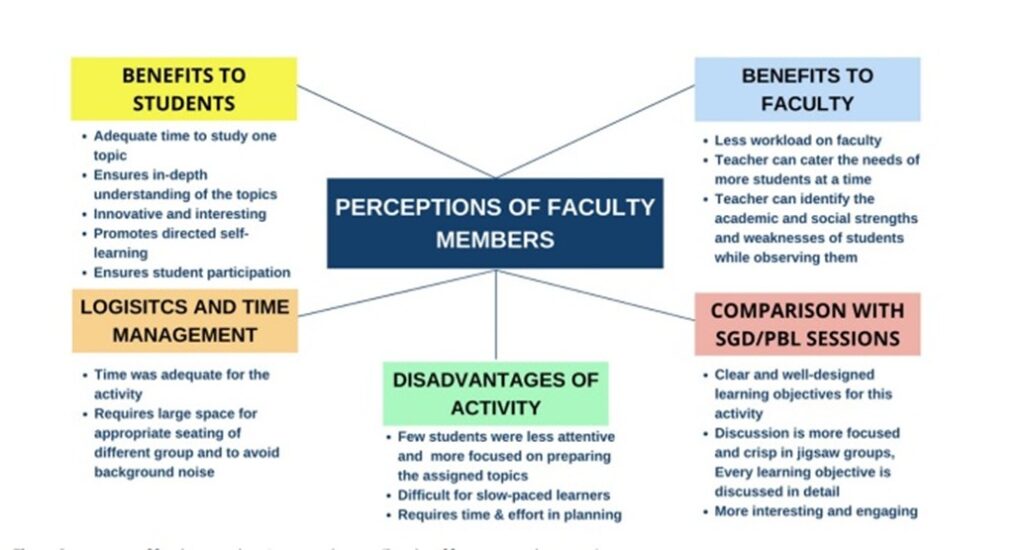
Adopting these newer methodologies can be beneficial for medical students, in dealing with the current global health challenges. This technique if applied to other fields will also promote team work, harmony and inclusivity among future professionals which is much needed for today’s world as problems of gender, class discrimination and racism still persist. By equipping future doctors with critical skills and competencies for cooperative learning, ensures that patients receive the highest standard of care—a goal that remains at the forefront of the healthcare professionals and field of medicine.
Study was conducted at Shifa College of Medicine, a constituent College of Shifa Tameer-e-Millat University, Islamabad.
The author is a Demonstrator and the Principal investigator of the project, Dr. Hira Moin is currently working as an Assistant professor in Department of Physiology in School of Health Sciences, National University of Sciences and Technology (NUST). He can be reached at sarim.zafar@nshs.nust.edu.pk.
Research Profile (Dr. Sarim Zafar): https://bit.ly/4hpm5D9
Research Profile (Dr. Hira Moin): https://bit.ly/4gcvfSu
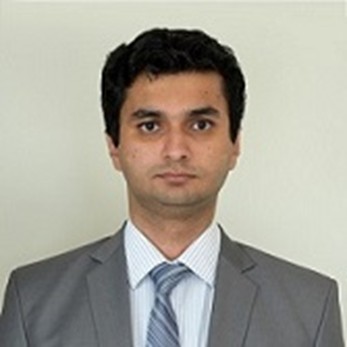
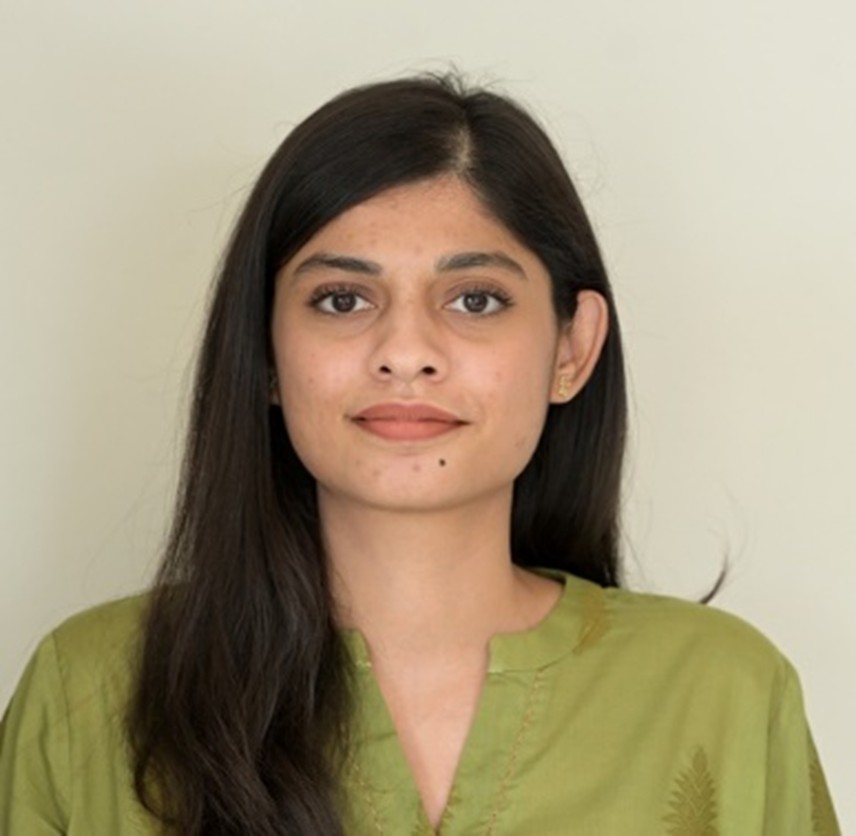
![]()




